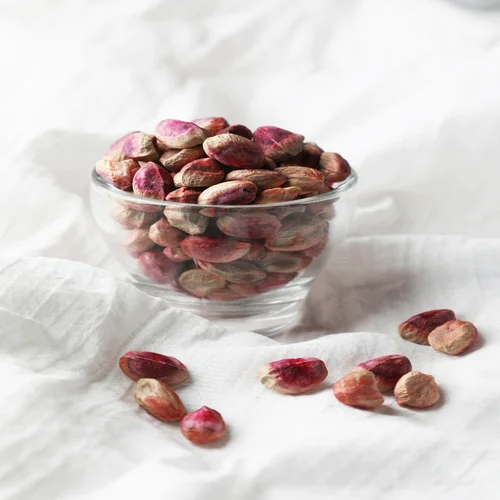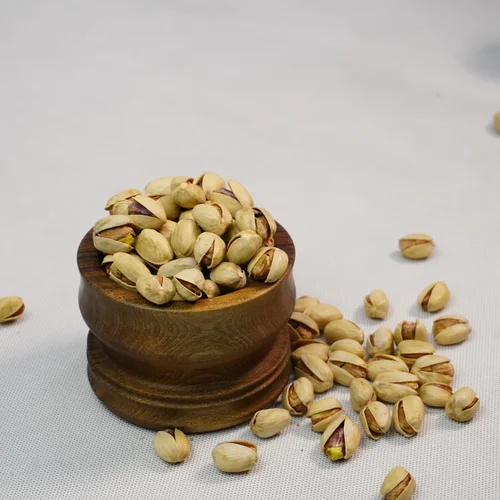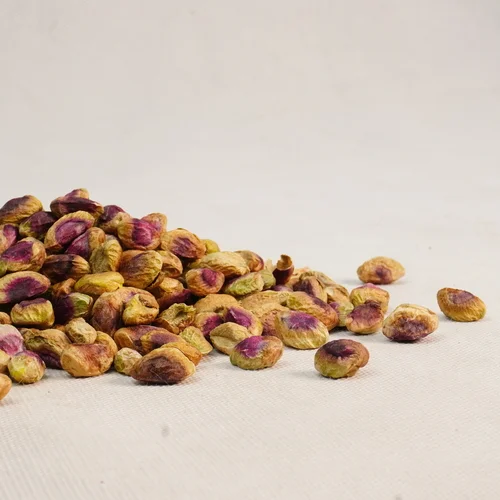Raw Pistachios vs. Roasted Pistachios
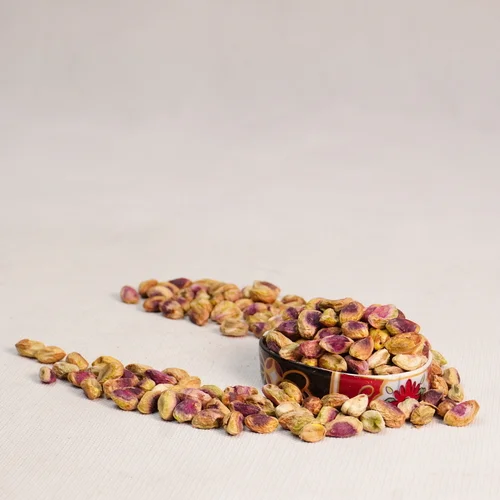
Pistachios are one of the most valuable nuts in international trade. Countries such as Iran, the United States, and Turkey are among its top producers and exporters. But a question often arises between exporters and buyers: which type of pistachio is better for export – raw or roasted?
In this article, we will compare the two based on market demand, shelf life, taste, and export considerations.
Understanding the difference
Raw pistachios are natural nuts that have not been roasted or flavored. They retain their original texture, color, and nutrients.
Roasted pistachios, on the other hand, are heated (with or without salt) to enhance their flavor and aroma. This process slightly alters their nutritional value and moisture content.
Market demand and preferences
Export markets differ in their preferences:
- European and Asian markets often prefer raw pistachios, as they can be roasted and flavored to suit local tastes.
- Middle Eastern countries such as the UAE, Saudi Arabia and Qatar tend to import more roasted and salted pistachios that are ready for direct consumption.
Therefore, understanding the priorities of your target market is key before deciding on the type of export.
Durability and maintenance
Regarding storage and shelf life:
- Raw pistachios have a longer shelf life because they contain less oil oxidation caused by roasting.
- Roasted pistachios can lose their freshness more quickly, especially if they are not packaged in vacuum-sealed bags or nitrogen-filled bags.
For long-distance export, raw pistachios are often a safer choice, unless advanced packaging is used.
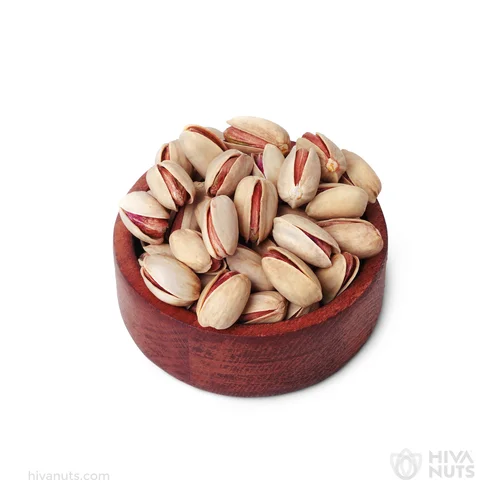
Profit margins and processing costs
Roasting adds value but also increases costs. Exporters selling roasted pistachios should consider the following:
- Additional processing and flavoring costs
- Packaging costs
- Shorter retention time
However, roasted pistachios can also command a higher price in ready-to-eat markets.
Raw pistachios are more cost-effective for bulk export to processors and wholesalers.
Final Verdict
If your target market has its own roasting facilities and prefers to customize flavors, choose raw pistachios. However, if you are exporting to end-consumer markets that value ready-to-eat products, roasted pistachios may offer better profit margins.
In short:
- Raw pistachios = better for long-term storage and bulk export
- Roasted pistachios = better for retail and direct consumption markets
Conclusion
Both raw and roasted pistachios have high export potential. The best option depends on your target market, packaging, and distribution strategy.
To be successful in exporting pistachios, always analyze market trends, maintain consistent quality, and choose reliable logistics partners.
Source: Instagram


